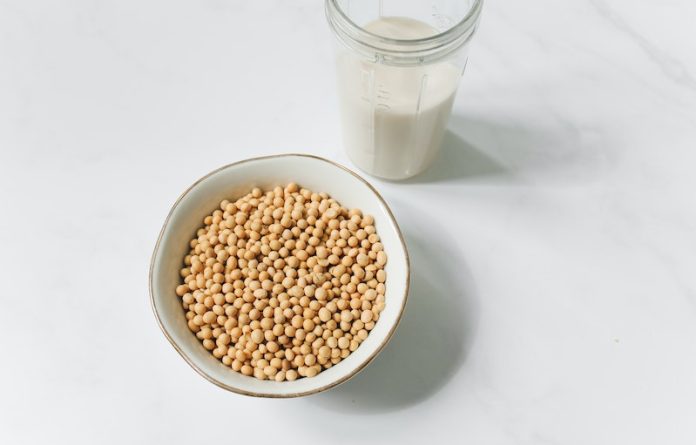
Scientists from the Chinese Academy of Sciences found that the intake of linoleic acid is linked to a lower risk for type 2 diabetes.
Type 2 diabetes, the most common type of diabetes, is a disease that occurs when your blood glucose, also called blood sugar, is too high.
Blood glucose is your main source of energy and comes mainly from the food you eat. Insulin, a hormone made by the pancreas, helps glucose get into your cells to be used for energy.
In type 2 diabetes, your body doesn’t make enough insulin or doesn’t use insulin well. Too much glucose then stays in your blood, and not enough reaches your cells.
The good news is that you can take steps to prevent or delay the development of type 2 diabetes.
In the current study, researchers aimed to examine the link between intakes of n-6 polyunsaturated fatty acids (PUFAs) and type 2 diabetes risk in U.S. men and women.
Linoleic acid and alpha-linolenic acid belong to the n-6 (omega-6) and n-3 (omega-3) series of PUFA, respectively.
They are defined as “essential” fatty acids since they are not synthesized in the human body and are mostly obtained from the diet.
Linoleic acid is the predominant n-6 polyunsaturated fatty acid (PUFA) in the Western diet and people can obtain it from vegetable oils such as sunflower, safflower, soybean, corn, and canola oils as well as nuts and seeds.
In the study, researchers followed 83,648 women from the Nurses’ Health Study (NHS) (1980–2012), 88,610 women from NHSII (1991–2013), and 41,771 men from the Health Professionals Follow-Up Study (HPFS) (1986–2012).
They collected dietary data from these people every 2–4 years with food questionnaires.
During the follow-up, 18,442 types 2 diabetes cases were reported. The team found dietary n-6 PUFAs accounted for 4.4–6.8% of total energy, on average, and consisted primarily of linoleic acid.
People who consumed more linoleic acid had a lower risk for type 2 diabetes.
In addition, the team found diabetes risk was 14% lower when linoleic acid replaced saturated fats.
Diabetes risk was 17% lower when linoleic acid replaced trans fats. Diabetes risk was 9% lower when linoleic acid replaced carbohydrates.
On the other hand, replacing n-3 PUFAs or monounsaturated fats with linoleic acid was not strongly linked to type 2 diabetes risk.
The team says this study provides more evidence that linoleic acid intake is linked to a lower risk of type 2 diabetes, especially when replacing saturated fatty acids, trans fats, or carbohydrates.
The research was published in Diabetes Care and conducted by Geng Zong et al.
Copyright © 2022 Scientific Diet. All rights reserved.








